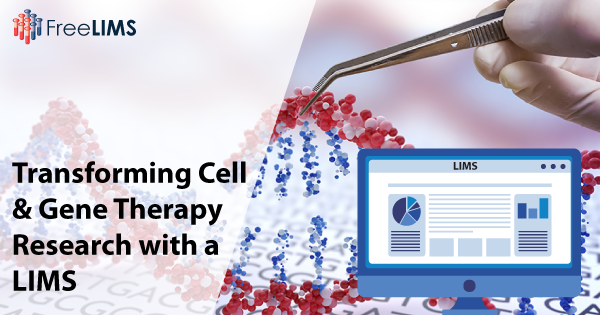Cell and gene therapy (CGT) are emerging biomedical trends that are likely to influence the diagnosis and treatment of chronic conditions in the future, especially as the world moves to embrace precision medicine. Quite a number of biopharmaceuticals have invested heavily, but cautiously, in the CGT industry in the last couple of years. Major players include Novartis, Gilead Sciences, and Roche. According to data from the Business Research Company, the global value of the CGT market reached $10.95 billion in 2023 and is expected to attain a value of $26.21 billion by 2027, growing at a CAGR of 24.4%.
What’s Driving the Demand for CGT?
Traditional approaches to medicine which are primarily the use of conventional pharmaceuticals and surgery seem to have hit a snag, at least as far as the treatment of chronic conditions is concerned. Think about diseases such as heart disease, hemophilias, epidermolysis bullosa, Alzheimer’s, and dementia that take away hundreds of thousands of lives globally each year. What contemporary treatments offer is symptom alleviation but eventually the disease runs its full course.
Scientists have been forced to look deeper into disease etiologies in a quest to find treatment modalities that target the underlying cause of disease. That’s where cell and gene therapy comes in.
What are Cell-Based Therapies?
Simply put, this is the transfer of living viable cells from a culture medium to an individual to empower the body to heal itself by removing damaged cells and creating healthy ones. Most people are familiar with the idea of stem cell transplants.
Here is a good example of cell-based therapy at play:
Chimeric Antigen Receptor T-cell therapy (CAR-T) is conducted by removing the T-cells of cancer patients and engineering the cells to be able to recognize and kill cancer cells, then re-administering the engineered cells to the patient. This kind of treatment is likely to revolutionize the treatment of blood cancers. It is also being studied for the treatment of solid tumors.
What is Gene Therapy?
Akin to cell-based therapy, gene therapy entails introducing genetic material into cells to correct disorders that occur at the genetic level. Different techniques are used in gene therapy, but they can be categorized broadly into in vivo or ex vivo techniques. In ex vivo gene therapy, cells with a genetic defect are isolated and genetically modified in a laboratory. The therapeutic genes are then re-introduced to the patient. In vivo gene therapy involves introducing a functioning gene into a vector such as a non-pathogenic virus and then inserting the vector into the patient’s bloodstream. Gene therapy is of particular significance to genomic medicine. However, most studies are still at the proof-of-concept stage.
CGT has the potential to radically transform the medical landscape, but it’s not going to be a breeze-through experience. The progress made so far has hardly occurred overnight, and if anything, there have been a significant number of failures along the way.
Challenges in Implementing Cell and Gene Therapies
Several challenges come alongside moving CGT from the investigative phase to commercialization under GMP standards. Several variables come into play from the initial stage of cultivating a cell culture in a small laboratory to finally reproducing the cells at an industrial scale while maintaining quality, accuracy, and reproducibility.
There’s an outstanding need for technological investment geared towards improving accuracy and specificity and scaling productivity in CGT.
How Does Clinical Research Laboratory Management Software Support Cell and Gene Therapy Research?
Tremendous progress has been made towards developing cell and gene based–therapies. However, the complexities involved in large-scale manufacturing of cells resulting from broad variability in biological materials and techniques have made this a daunting task.
The successful execution of the biopharmaceutical production of cells begins in a clinical laboratory. Clinical research laboratory management software, also known as Laboratory Information Management System (LIMS), helps laboratories automate and scale operations affordably without compromising quality, security, and accuracy. Automation provides a unique opportunity for digitizing both upstream and downstream workflows to enable reproducibility that can be carried forward into manufacturing.
Clinical research laboratory management software monitors the complete life cycle of biospecimens and handles the extensive metadata associated with the isolation, cultivation, and differentiation of stem cells, as well as the genetic modifications performed on them. It also supports compliance with the rigorous regulatory standards that are enforced by the US Food and Drug Administration (FDA) and other regulatory agencies. With cloud-based laboratory software for clinical research, laboratories can securely share data with all stakeholders for better collaboration.
The Future of Cell and Gene Therapy is Promising
In the recent past, cell-based therapies have shown a very high level of success. That said, there is still a long way to go before CGT can be accepted and adopted globally as standard treatment for difficult-to-treat chronic conditions. Automation at the laboratory level through clinical research laboratory management software enables the reproducibility of results hence revolutionizing cell and gene therapy research.


